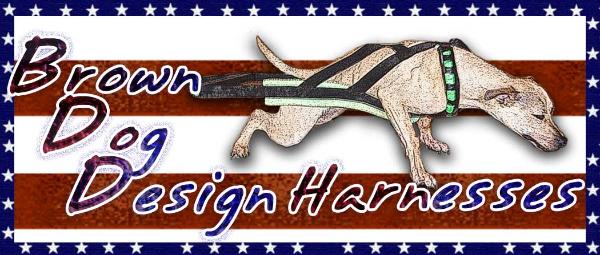
| Pet Emergency Information Pet Poisoning Family pets risk all kinds of poisoning every day; things like insecticides, weed killers, antifreeze, acids, fertilizers, paints ... the list is extensive. Here's what you can do if your pet is poisoned: Keep your pet warm and quiet. Try to determine what the poison was, when it was ingested and the amount swallowed. Immediately call your veterinarian or your nearest poison control center. When you take your pet to the vet, bring the label or container of poison with you. Keep poisonous materials properly stored and out of reach of pets. Keep emergency numbers handy by the phone. Pet Poison Prevention Tips Be aware of the plants you have in your home and yard. The ingestion of azalea, oleander, castor bean, sago palm, Easter lily (in cats only), or yew plant material by an animal can be fatal. Never allow your pets to have access to the areas in which cleaning agents are being used or stored. Cleaning agents have a variety of properties; some may only cause mild stomach upset, but others can cause severe burns of the tongue, mouth and stomach. Store all cleaners, pesticides, and medications in a secured area. Most baits contain ingredients that can attract your pets. When using rat, mouse, snail or slug baits, or ant or roach traps, place the products in areas that are inaccessible to your companion animals. Never give your companion animals medication unless you are directed to do so by a veterinarian. Many medications that are safe for humans can be deadly for animals. For example, one extra strength (500mg) acetaminophen tablet could be fatal to a cat. Keep all prescription and over-the-counter drugs out of your pets' reach, preferably in closed cabinets. Pain killers, cold medicines, anti-cancer drugs, antidepressants, vitamins and diet pills are all examples of human medications that can be lethal to animals, even in small doses. For example, one 200mg ibuprofen tablet could cause stomach ulcers in a small dog. Food items that potentially could be dangerous include onions, onion powder, chocolate (bakers, semi sweet, milk, dark), alcoholic beverages, yeast dough, coffee (grounds, beans, chocolate covered espresso beans), tea (caffeine), salt, macadamia nuts, hops (used in home beer brewing), tomato leaves and stems (green parts), tomato leaves and stems (green parts), rhubarb leaves, avocados (toxic to birds, mice, rabbits, horses, cattle, and dairy goats), cigarettes, cigars, snuff, chewing tobacco, moldy or spoiled foods. Many common household items can be dangerous to animals. Mothballs, potpourri oils, pennies, homemade play dough, fabric softener sheets, dishwashing detergent, and batteries. Automotive products such as gasoline, oil and antifreeze should be stored in areas that are inaccessible to your pets. As little as one teaspoon of antifreeze can be deadly to a cat; less than one tablespoon can be lethal to a 20-pound dog. Before buying a flea product, consult your veterinarian, especially when treating sick, debilitated or pregnant pets. Read all of the information on the label before using a product on your pet or in your home. Always follow the directions. If a product is labeled for use only on dogs, it should never be used on cats; if a product is labeled for use only on cats, it should never be used on dogs. Never use permethrin spot-on products (which are labeled for dogs only) on your cat. Make sure your companion animals do not enter areas in which insecticidal foggers or house sprays have been applied for the period of time indicated on the label. If you are uncertain about the proper usage of any product, contact the manufacturer and/or your veterinarian for instructions. For Consultation Services ASPCA National Animal Poison Control Center 1-888-4ANI-HELP For Online Information For online information about the ASPCA/NAPCC visit the web site at: http://www.napcc.aspca.org Heatstroke Heatstroke kills family pets every year because they are left in cars on warm days. Look for signs of rapid breathing, panting or collapse. What you should do: Remove your pet to a shaded or cool area. Sponge or hose your pet down with cool water (do not use ice). Encourage your pet to drink small amounts of water. Contact your veterinarian for further instructions. Cuts and Wounds Deep cuts and wounds are common in pets due to broken glass and sharp objects. If your pet is bleeding: Apply firm, continuous pressure directly over the bleeding site using thick gauze pads or clean cloths to control bleeding. If the area is painful, you may need to muzzle or restrain your pet to avoid bites. Transport your pet immediately to the nearest emergency veterinarian hospital or your veterinarian's office. Shock Shock is the result of an injury or disease to the body that produces inadequate blood circulation. Pets in shock show signs of weakness, grey gums, shallow breathing, a weak pulse and may collapse. Immediately: Transport your pet to the nearest veterinary hospital or emergency clinic. Wrap your pet in a blanket to keep him warm and comfortable. First aid can be attempted while on route to the hospital. Do not give your pet any water or food. Keep the head slightly lower than the body and the tongue extended to keep the breathing path open. |











